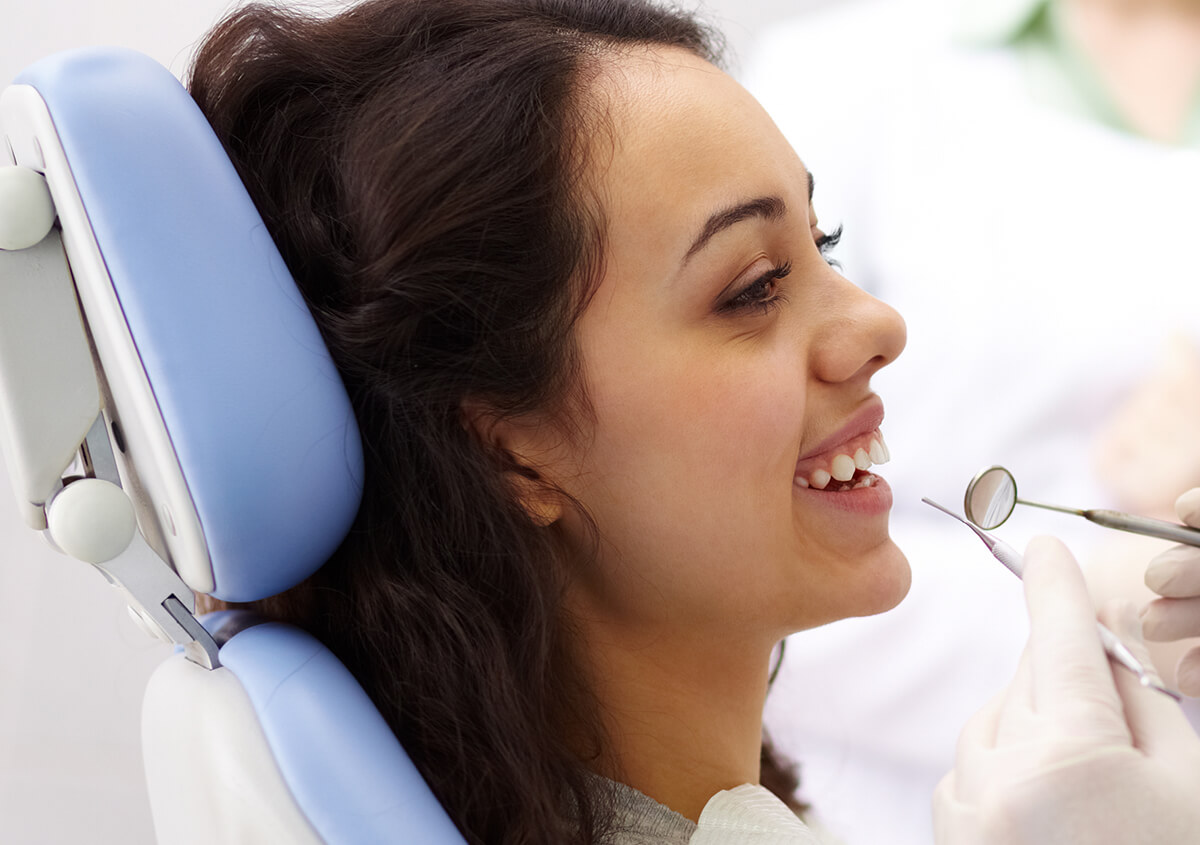
Austin, TX patients who are diagnosed with periodontal disease may be unsure as to the approach they should take for treatment. Dr. Christopher Naranjo and his team of professionals at Greenbelt Dental Health are here to assist patients in achieving healthy, beautiful smiles and maintain them for life. If periodontal disease develops, we have non-surgical therapy available. Our dentist provides a variety of options for patients to consider, depending on the stage their condition has reached.
Understanding periodontal disease
Periodontal disease is an infection that starts with the gums and spreads throughout the mouth. Also known as gum disease, this condition can negatively impact the health of the smile. Additionally, the disease is also linked with other conditions. Bacteria that is in the mouth carries through the bloodstream and can harm other areas of the body, causing patients to become more susceptible to conditions such as heart disease, diabetes, and strokes. The disease, which is generally avoidable with proper oral hygiene, can be diagnosed and treated with non-surgical approaches at the practice of Dr. Naranjo, who is an advanced biological restorative dentist with a biocompatible focus and an integrative approach to oral health.
How periodontal disease is treated
Because periodontal disease is an infection, it needs to be treated to be controlled. The condition, once it has developed, is not curable, though it can be managed with the assistance of a quality dentist. Dr. Naranjo offers some of these non-surgical options for patients who have received a diagnosis of periodontal disease:
- Ultrasonic tools – periodontal disease requires patients to have their teeth cleaned thoroughly to remove plaque, tartar, and bacteria. This is done in our practice with the use of modern ultrasonic tools for a less invasive cleaning.
- Ozone therapy – with the use of ozone gas, our dentist is able to treat the infection. Ozone is used to kill microorganisms on contact, helping to control the infection. We also utilize ozonated water when cleaning the teeth to add an extra step in protection.
- Antibiotics – because the infection needs to be treated, antibiotics may also be used to help the process. These may be either applied to the teeth and gums or administered as oral medication, depending on the severity of the infection. This is determined during an initial evaluation to determine the treatment options best suited for a patient and their specific needs.
Who needs treatment for periodontal disease?
This disease can cause many problems within the smile if left untreated. Patients may experience red, swollen gums, which will later begin to shrink due to the infection. Bones begin to shrink, which leaves teeth without a proper foundation, and can result in loose or lost teeth. This can inevitably affect the smiles’ function and health and can be difficult to fix after the damage has been done.
Your Smile is Important to us
Call our office: (512) 472-3565
Any patient who has been diagnosed with periodontal disease will want to seek treatment as soon as possible to keep the condition from spreading further. Our team of professionals will be able to tell if the condition is present with a physical evaluation as well as x-rays to check the overall health of the smile. With early intervention, many patients can manage their condition over a lifetime in a minimally invasive way. Dr. Naranjo and his team are here to help patients understand the ways in which they can address their specific oral health condition in an appropriate manner.
Schedule a visit with Dr Naranjo to discuss your options
If you have been diagnosed with periodontal disease, we welcome you to book an appointment with our staff at Greenbelt Dental Health, to discuss the options available for treatment. We encourage patients to take the time to have their smiles evaluated on a regular basis to ensure they are keeping their smile healthy and free from cavities and periodontal disease. Call (512) 472-3565 today to schedule your visit at our practice, conveniently located at 1301 West 25th Street, Suite 402 in Austin, Texas.